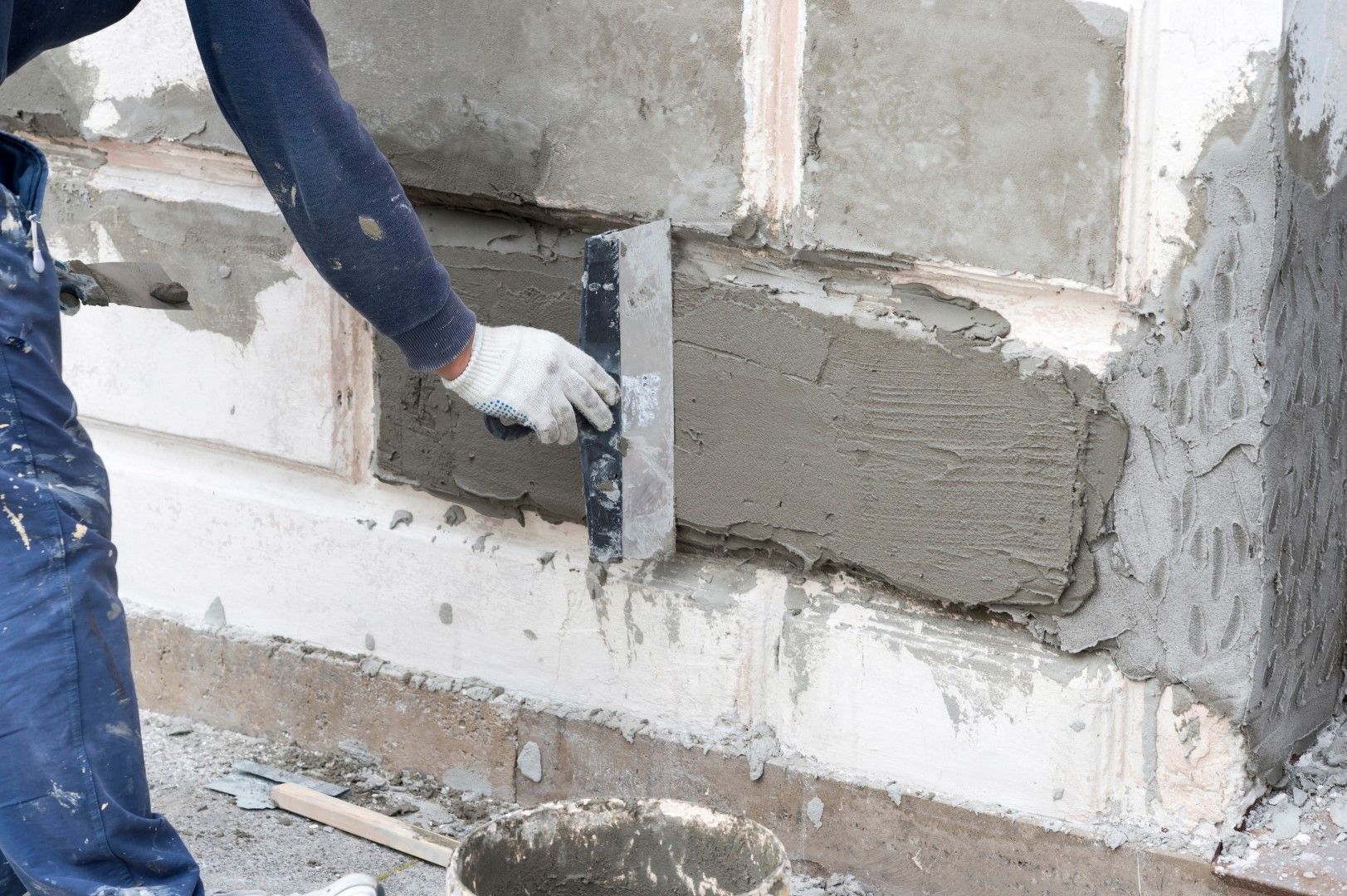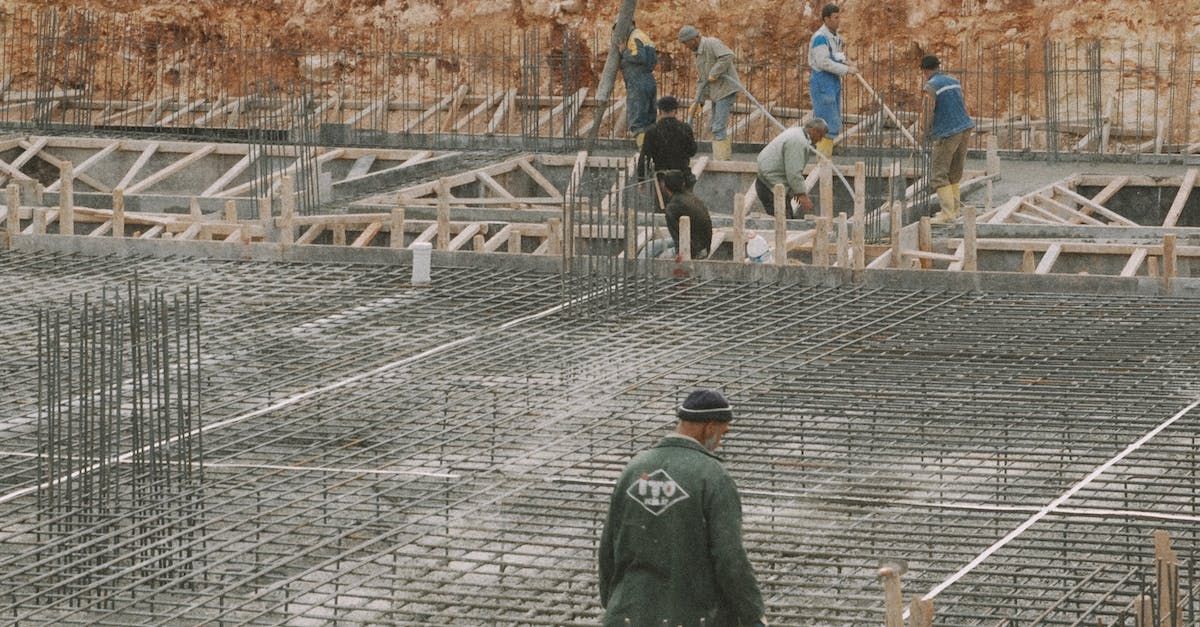The Importance of Concrete Repair: Ensuring Safety and Value
Concrete repair is crucial for keeping surfaces safe and level, minimizing trip hazards around your property. Since concrete is commonly found in both residential and commercial properties, it’s important to address any repair needs promptly to prevent potential issues.
Addressing concrete issues promptly is essential to prevent minor problems from becoming major structural concerns. By repairing issues early, you can extend the lifespan of your concrete structures, ensuring they remain safe and functional for years. Quick intervention also helps prevent small cracks and surface damage from worsening into more significant problems. Additionally, timely repairs enhance safety by maintaining the structural integrity of concrete surfaces, reducing the risk of accidents and protecting occupants.
10 Common Concrete Problems
- Cracks occur in various forms. Plastic shrinkage cracks happen during curing due to moisture loss. Drying shrinkage cracks develop as concrete dries and shrinks. Settlement cracks arise from uneven soil, while structural cracks are due to excessive loads or foundation shifts.
- Spalling is the flaking or chipping of concrete surfaces. It usually results from freeze-thaw cycles or chemical damage from de-icing agents.
- Scaling involves thin layers peeling off the surface, often caused by freeze-thaw cycles, poor finishing, or inadequate curing.
- Discoloration happens when the concrete color changes due to improper mixing, insufficient curing, chemical exposure, or environmental factors.
- Efflorescence appears as a white, powdery deposit from water carrying salts that evaporate from the surface.
- Curling is when the edges of a slab rise due to uneven moisture or temperature changes, affecting the slab’s flatness.
- Blistering results in raised bumps on the surface due to delayed finishing, poor venting, or incorrect mix proportions.
- Delamination involves a thin layer separating from the slab, often from rapid drying or uneven mix distribution.
- High Permeability means the concrete allows more water and air to pass through, often due to a high water-cement ratio, poor curing, or over-vibration.
- Crazing is a network of fine cracks on the surface, often due to rapid drying or curing issues.

Saving Money with Early Repairs
Preventing Bigger Costs: Fixing minor issues early on helps avoid more significant and expensive repairs later. Addressing small problems, like cracks or surface damage, before they worsen can save you from costly overhauls or replacements in the future.
Extending Lifespan: Timely repairs keep your concrete surfaces and structures in better shape for longer. By dealing with issues promptly, you can increase the durability of your concrete and delay the need for major renovations, protecting your investment and reducing long-term costs.
Aesthetic Appeal
Fixing damaged concrete keeps your property looking its best. Cracks and stains can make it look neglected and unattractive. By repairing these issues, you ensure a smooth, clean surface that enhances your property’s curb appeal. This not only makes your home look better but also boosts its value, making it more attractive to potential buyers and improving its overall worth. Well-maintained concrete contributes to a polished appearance, creating a welcoming impression and helping your property stand out.

Functionality and Usability
Concrete repairs are important for keeping surfaces like driveways, walkways, foundations, and walls in good shape. Fixing cracks and damage helps these areas stay strong and safe. This means driveways stay smooth for driving, walkways are safe to walk on, foundations stay stable, and walls remain sturdy. Regular repairs keep these surfaces working well and prevent further damage or safety problems.
Sustainable Practices
Repairing existing concrete is more environmentally friendly than replacing it. Traditional repair methods often use materials with harmful chemicals that can pollute the air and impact health. Eco-friendly concrete repair reduces these harmful emissions, uses less energy, and extends the lifespan of the structure. By repairing rather than replacing, you conserve resources and minimize the need for new materials, making it a more sustainable choice.
Health and Safety
Damaged concrete can pose several safety hazards. Cracks and uneven surfaces create tripping risks and can lead to structural failures, which may compromise the safety of anyone using the area. Additionally, deteriorating concrete can lower property value and raise environmental concerns due to the potential for increased waste. Concrete repair addresses these issues by fixing cracks and restoring smooth, stable surfaces. This helps prevent accidents, maintains property value, and reduces environmental impact by extending the life of existing concrete rather than replacing it.
Concrete repair is crucial for maintaining safety, saving costs, and preserving the value of your property. Regular maintenance and prompt repairs not only address minor issues before they become major problems but also extend the lifespan of your concrete structures. By keeping your surfaces in top condition, you enhance their functionality, improve aesthetics, and contribute to a more sustainable environment.
Carshalton Concrete Professionals can help with all your concrete repair needs. Contact us today to ensure your concrete surfaces remain safe, functional, and looking their best.
QUICK LINKS
LET'S WORK TOGETHER!
Are you ready to take your outdoor living space to the next level? Look no further than Carshalton Concrete Professionals. Our team of expert concrete contractors is dedicated to providing top-quality concrete services that will enhance the beauty and functionality of your home's exterior. From custom driveways to stunning patios, we have the skills and experience necessary to bring your vision to life. We understand that your home is a reflection of your unique personality and style, which is why we offer a variety of concrete options to suit any taste. Don't settle for average; hire us today and turn your outdoor space into a true masterpiece.

